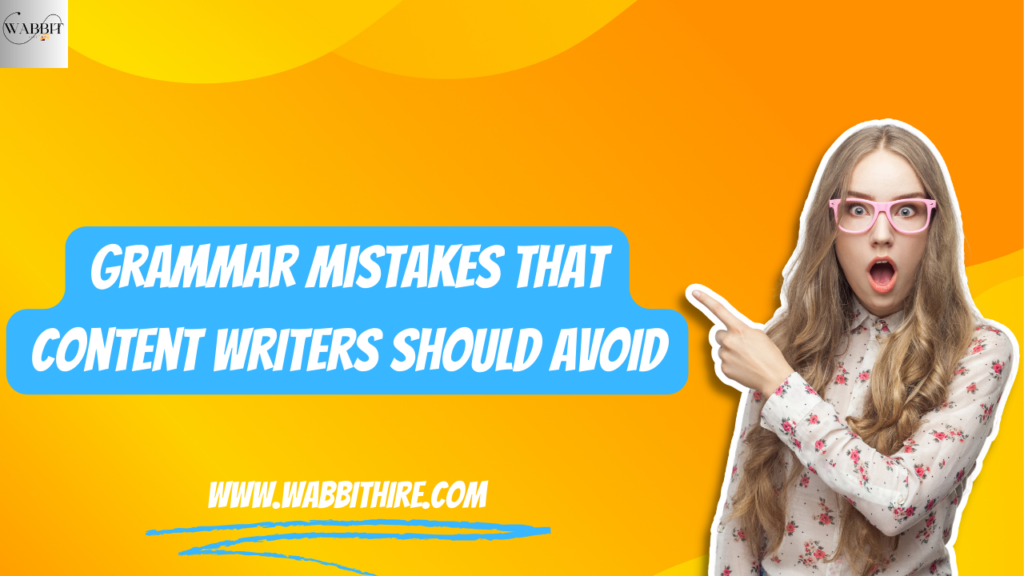Every content writer needs one thing: for our content to be found and read by the audience to resonate with our content. Writing engaging content is only a step; ensuring it reaches the right audience is where SEO comes into play. Learning to write SEO-friendly content is the most essential skill every content writer should have. It will help content appear on search engines, reach the right audience, and keep them engaged. In this article, we will discuss how to create step-by-step search-engine-optimized content for novices like you and me.
What is SEO-Friendly Content? (And Why It Matters)
SEO-friendly content is content that both search engines and real readers like to read. It is not just about stuffing keywords; it is about writing good content and using appropriate keywords naturally. No matter how beautifully written an article is, without SEO, it might remain hidden in some lonely corner of the internet. But with the right employment of SEO, words have a better chance of showing up right in front of people searching for them. Creating such content is not complicated when done with the right approach. Here is a simple step-by-step process to get started.
A Guide to Creating SEO-Friendly Content
SEO-friendly content bridges that gap by improving visibility on search engines. This guide explains simple and effective steps to create content that ranks well, drives traffic, and keeps readers engaged.
Step 1: Start with Keyword Research
Keywords act as the bridge between what people are searching for and the content created to meet that need. To discover what readers are actively searching for, use tools like:
- Google Keyword Planner
- Ubersuggest
- Answer The Public
- SEMrush
Find topics that are currently relevant and incorporate keywords that the target audience is currently searching for. Then, choose a primary keyword and 2-3 supporting keywords.
Step 2: Plan Your Content Structure
No one would like to read a messy, unorganized article: not search engines, definitely not readers. Plan a structured article using:
- Headline with keyword
- An intro that mentions the keyword naturally
- Subheadings (H2, H3) for clarity
- Short paragraphs
- Bullet points or lists
- Conclusion with a CTA
Well-structured content is easier for readers to follow and easier for search engines to understand and rank.
Step 3: Write Like Talking to Readers (But stay SEO-friendly)
This is the part where the art of content writing outshines technical parameters. Keep the content conversational, relatable, and engaging. But smartly include keywords 8-10 times across:
- Headline
- Introduction
- Subheadings
- Body content
- Meta description
- Alt text of images (if any)
- Conclusion
Pro Tip
Never force keywords. If it sounds weird to you, it will sound weird to everyone, so skip it. SEO-friendly content should always sound natural and human.
Step 4: Optimize Meta Title and Meta Description
These are the minute details that cost heavily and decide the visibility and future of any article on search engines. The meta title is the first thing that shows up on the search results page when you search for something. It should contain the main keyword and stay within 60 characters to avoid getting cut off on the search engine results page (SERP).
The meta description is placed right below the title. It serves the purpose of concisely explaining what the article is about. The meta description should be within 160 words. A well-written meta description acts like subtle clickbait, tempting readers to click and explore further.
Also read: What is content writing? Understanding basics & career scope
Step 5: Use Internal & External Links
Link to relevant blogs or pages within your website (internal links). Link to credible sources or stats (external links). This builds trust with readers and helps Google understand your content better, both being the key elements of SEO-friendly content.
Step 6: Optimize for Readability
Search engine optimization makes the content easy-to-read. Here is how to do that:
- Use short sentences
- Use everyday words
- Use subheadings
- Use lists and bullet points
- Keep paragraphs under 3-4 lines.
- Add images, if possible.
Step 7: End with a Strong Call-To-Action (CTA)
Always tell your reader what to do next. It can be to share, comment, or check out something useful.
Tools Every Content Writer Must Use to Create SEO-Optimised Content
Writing content is about working smart with the right tools too. Here are two powerful tools from Wabbithire every content writer must know.
Wabbithire Writer Pad: World’s First Diary For Content Writers

Struggling with content structure or SEO optimization? Wabbithire Writer Pad: World’s First Diary For Content Writers – Wabbithire will be the ultimate companion for content writers. Various features of Wabbithire Writer Pad that makes it stands out as the ultimate writing companion for content writers are:
- Pre-structured templates to draft 50+ blogs, articles, and web content effortlessly.
- Built-in SEO checklist to ensure every piece is keyword-optimised and ranks better.
- Proofreading checklist to improve readability and polish content like a pro.
- A step-by-step framework to reduce writing time by 50%.
Wabbithire Content Writing Course: Learn the Art & Strategy of Content Writing
Want to learn how to write SEO-friendly content writing from scratch? Content Writing Placement Course – Wabbithire is the best place to start. This course equips learners with practical SEO content writing skills that are highly valued across industries. Some of the unique features of this program are:
- Learn SEO strategies used by industry experts.
- Master keyword research, content structure, readability, and user engagement.
- Get access to real-time tasks, feedback, and portfolio-building opportunities.
- Lifetime access to resources and community support.
Final Thoughts
Creating SEO-friendly content is not a technical skill rather it is a smart writing habit every content writer should build. It ensures that every word written has a higher chance of reaching the right audience and delivering what the audience needs. With the right keywords, clear structure, human-friendly tone, and SEO best practices, content becomes reader-friendly and search engine-friendly.
Follow Wabbithire for more!




